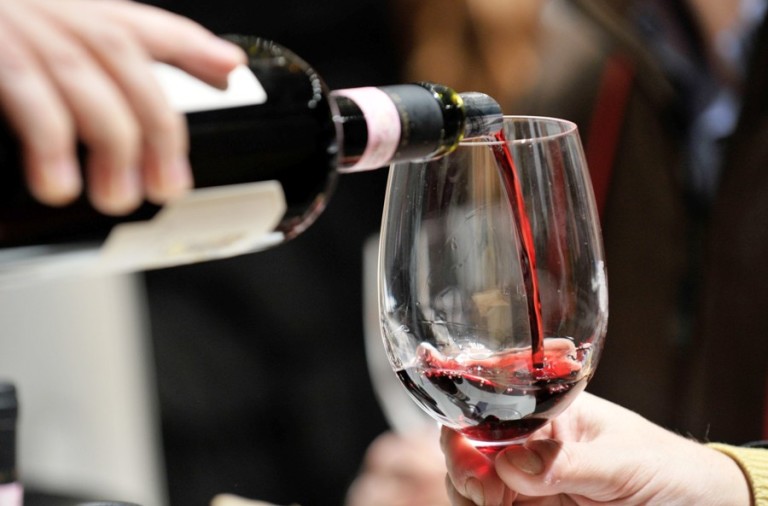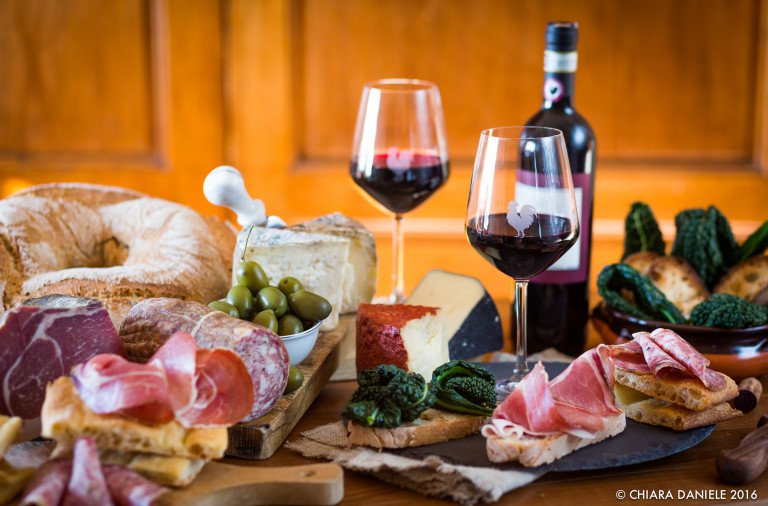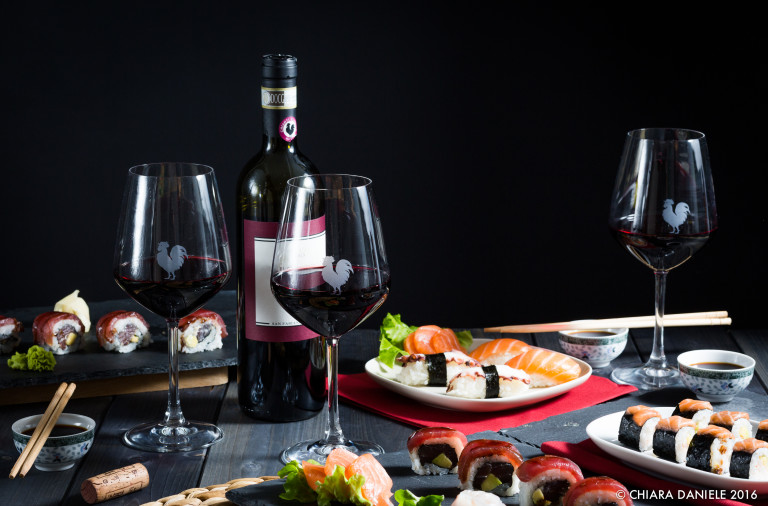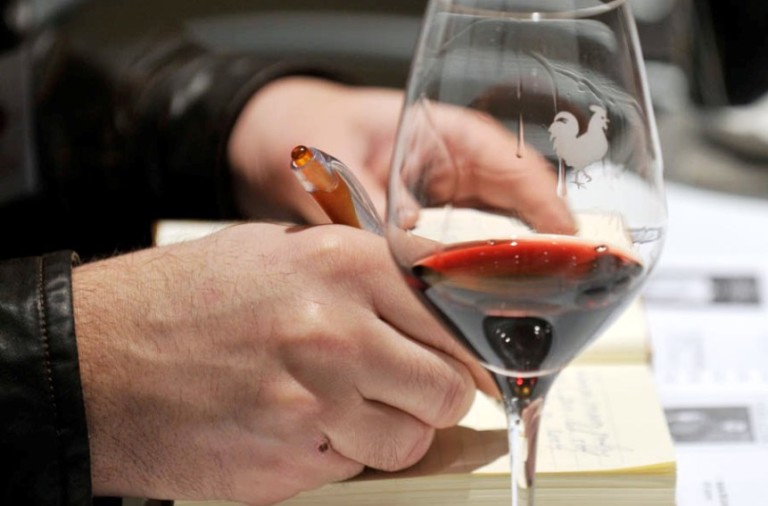Articolo disponibile anche in: Italian
Chianti Classico wine is produced in the zone called “Chianti”. This is a known fact, but do we really understand what it is and where it is from?
From a historic-geographic point of view there is only the term “Chianti”; a vast surface that covers almost half of the region of Tuscany among the provinces of Florence, Siena, Arezzo and Pisa.
In 1716, the Grand Duke Cosimo lll outlined the borders of the production zone of Chianti between Florence and Siena; precisely, Greve, Panzano, Radda, Gaiole and Castellina.
But with the passage of time, the wine’s fame grew. The demand outnumbered the supply, and consequently the production zone more than doubled.
In 1932, the term “Classico” was added. It distinguishes Chianti Classico wine from simple Chianti; both are DOCG (from a controlled geographic district ) but vary between them, with a discipline, a production zone and a consortium with different rules.
In fact, the production zone of Chiant Classico includes the entire territory of the towns of Greve, Castellina, Gaiole and Radda in Chianti and part of the land of the towns of Barberino Val d’Elsa, San Casciano, Tavarnelle, Castelnuovo Berardenga and a few hectares in the town of Poggibonsi.
On the other hand, the underlying zones of Chianti are Colli Fiorentini, Montalbano, Rufina, Montespertoli, Colli Aretini, Colline Pisane and Colli Sanesi. Let’s look at the labels. This is easier, but it is important to clarify, since in 2013 a new label was added to give even more value to the territory’s expression.
The typologies are three, with divergent chemical and organic characteristics. Chianti Classico d’annata (with a vintage); Chianti Classico Riserva, and Chianti Classico Gran Selezione (since 2013).
Chianti Classico contains at least 80 percent of Sangioves grapes (although sometimes pure). Other grapes can contribute to the blend of Chianti Classico, (exclusively red); Canaiolo Nero and Colorino, for example, but also international grapes like Merlot and Cabernet Sauvignon.
Riserva (reserve) has always been a label that has brought joy and surprises in my restaurant. A few days ago I uncorked a reserve from 1971; it was very drinkable and satisfying… good looking for its 45 years!
The Gran Selezione is at the top of the quality pyramid of the DOCG, only wines of prestige and from a single vineyard or chosen among the best vines of the winery.
It can’t be tasted before being aged for 30 months, at least three months in the bottle. The great versatility of Chianti Classico allows us to pair it with numerous recipes and types of cooking. There is a Chianti Classico for every taste!
Natascia Santandrea (www.latendarossa.it)



